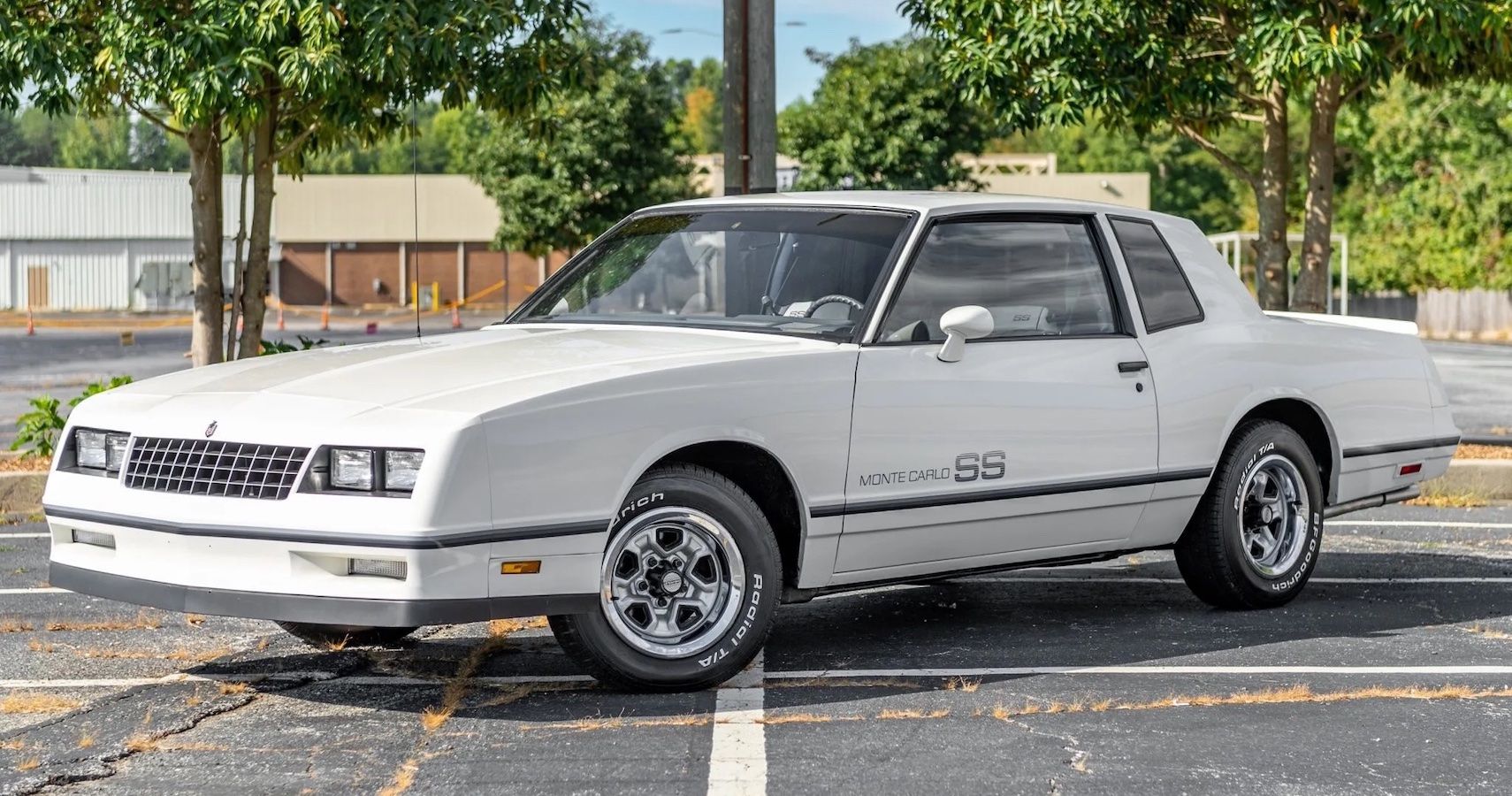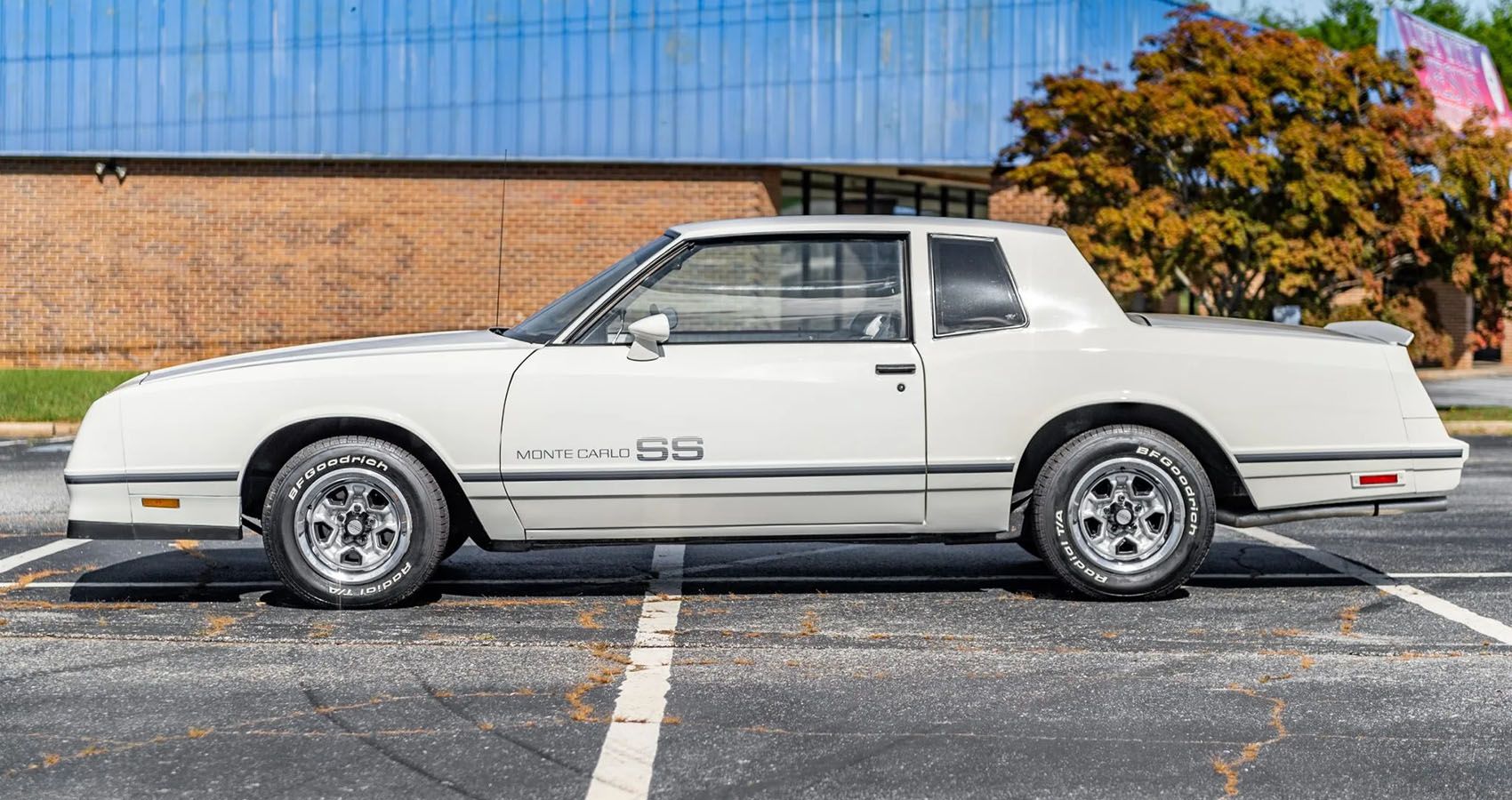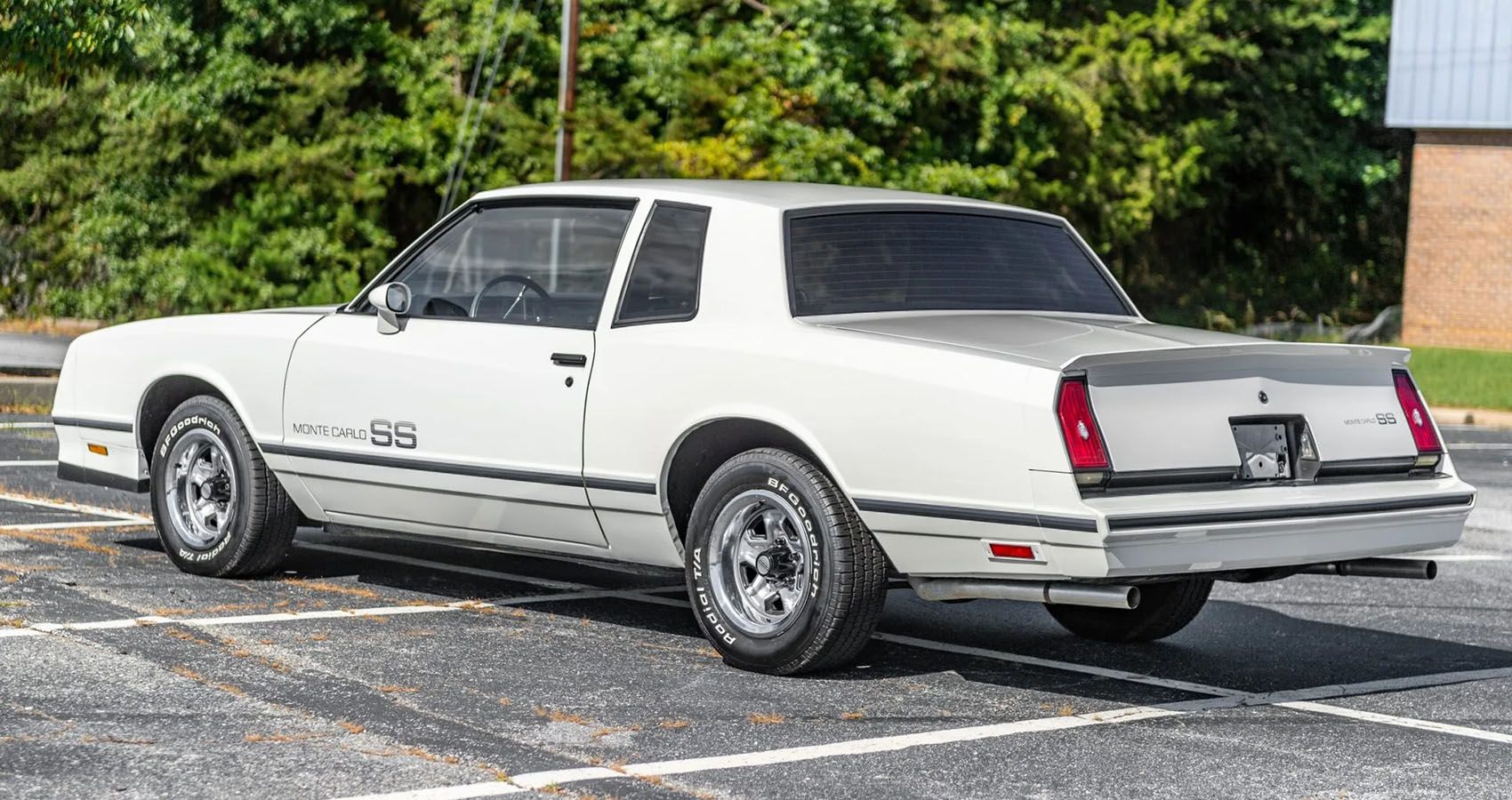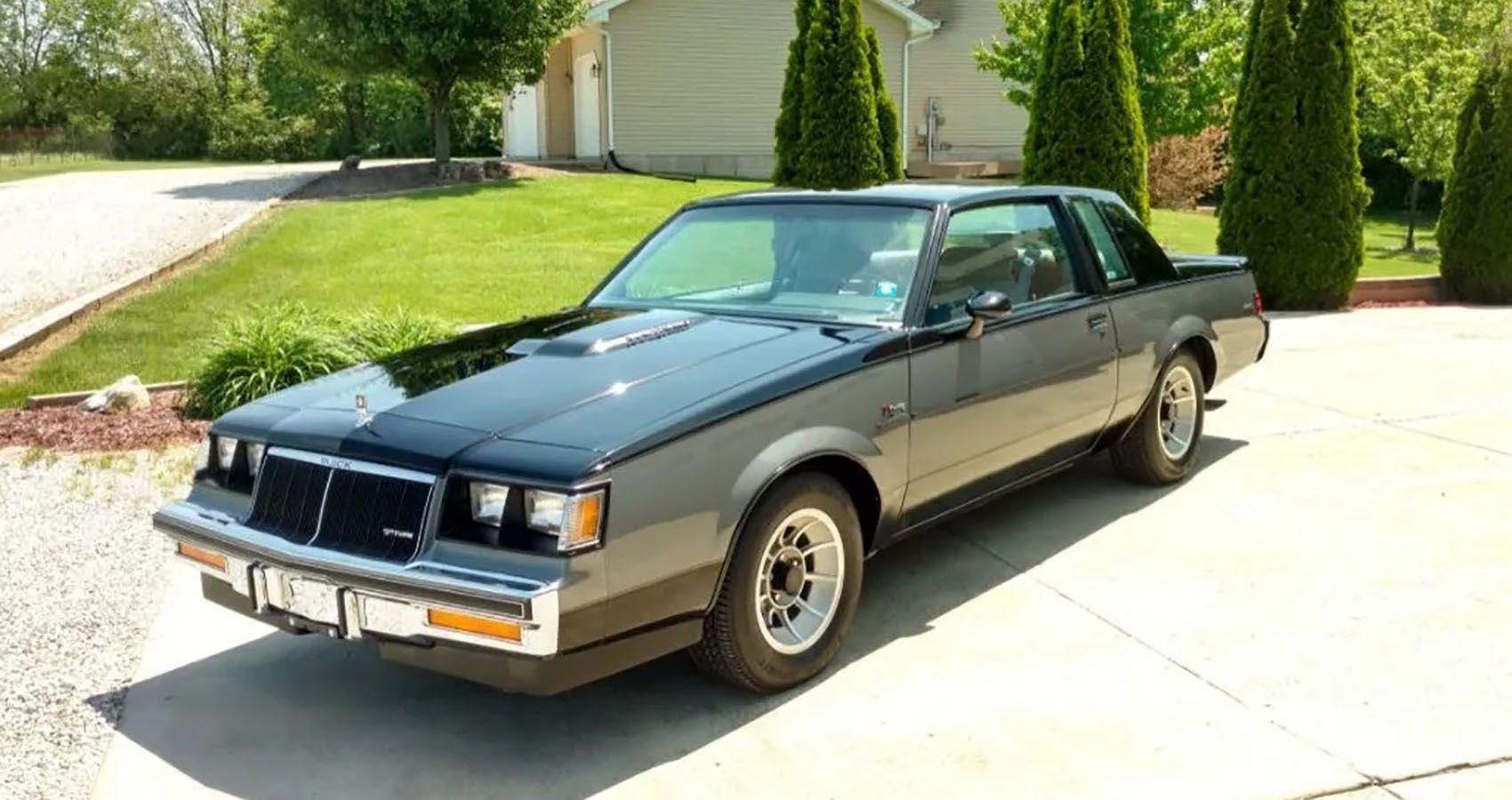In the 1960s, rear-wheel drive systems dominated the market for passenger sedans. It had its advantages; such as better acceleration and weight distribution. But, by the 1970s, practically every well-known maker of sedans, coupes, and wagons had switched over to the more space-efficient, inexpensive, and lightweight front-wheel drive.
While the front-wheel drive was ready to dominate the market, not everyone accepted the change as many performance cars and most luxury models continued to use their original drivetrain configurations. The G-body was one of the last vestiges of the rear-wheel drive at General Motors. Adapted from GM's previous A-body, the first phase of the platform made its debut in the 1969 model year.
The G-body was GM's body-on-frame platform, and also the last mid-size frame daily car available outside the full-size market. Unlike the X-Body that nearly bankrupt the brand, the G-Body Platform was a huge success, selling over 10.5 million units. Many people wanted to work on them because of their size, which made them a more alluring platform for performance upgrades. In 1978, the production of the second series of G-bodies began, but under the A-body designation, up until GM redesignated the platform as G-body in 1982. The platform underpinned the Chevrolet Monte Carlo, Chevrolet Malibu, the Buick Regal, and many other popular vehicles. Some unique variations were also offered, such as the Chevrolet El Camino and the Monte Carlo Aerocoupe.
Available with both the small block V8s and turbocharged V6s, the G-body offered performance potential and a touch of class that set it apart from everything else in the market. We’re diving into the G-body platform, discussing its attributes and its impact on the industry.
The G-Body Platform Was Lightweight And Smaller
While it’s often viewed as a large vehicle today, GM designed it as a mid-size platform utilized in four-door sedan, wagon, and luxury coupe vehicles. With a 108-inch wheelbase, the chassis seemed smaller than the other GM counterparts sold beside it until 1980. The platform's modest, yet usable proportions made it such a versatile option for a wide spectrum of purchasers, as the G-body was available in wagon, sedan, and coupe forms to match almost any price point.
The GM G-body is a relative flyweight when weighed against today's high-performance factory options, which are all over 4,000 lbs., and it sacrifices neither interior/cargo space nor the crucial engine compartment. The average GM G-body weighs between 3,050 and 3,400 pounds - that is with a 305ci iron-headed V8 and not the much lighter aluminum power plants.
G-Bodies Are Body-On-Frame And Utilize Readily Available Parts
In today's automobiles, the powertrain and suspension parts come bolted to a single unit, which is sturdily attached to the outer sheet metal and supporting chassis structure. A body-on-frame construction, such as the G-body, enables a complete disassembly and restoration using basic tools and skills, yet initially offering a strength and safety advantage.
The ability to detach the body from the chassis gives you easy entry to inaccessible spots, which comes in handy when you’re, say, installing a drivetrain and clearing out the rust – something that’s very common in these classic cars. While it might be a little puzzling that there were dozens of G-body models in various configurations, it's noteworthy that all the suspension, chassis, and driveline components are interchangeable.
No matter what part you’re looking for, you can easily take them out of either an Oldsmobile wagon or a Buick Regal coupe, and you’ll be fine. On top of that, used components are in better shape because these cars have only been out of service for about two decades. Plus, since the parts are vastly available, expect a reasonable price tag.
The G-Body Platform Accepts A Lot Of Engine Choices
The Monte Carlo personal luxury coupe and the Malibu, which came in three different body designs, served as Chevrolet's contributions to the G-body. Oldsmobile offered the Cutlass, Buick offered the Regal and Century, and Pontiac released three models: the Grand Prix Coupe, the LeMans, and the Bonneville Sedan.
Even though GM looked for minimal mass and excellent fuel economy with the G-body, they still designed the G-body as a universal platform that would fit all of its engines. The design of the front hood of the vehicle that’s rocking the G-body has a universal arrangement. Therefore, the sky is the limit when it comes to boosting speed because any small-block Chevrolet engine will fit into the engine bays of any Pontiac, Chevy, Oldsmobile, or Buick from the era.
And some parts are removable, like the HVAC air-handler heater-box component, which frequently comes mounted to the passenger-side firewall. Removing this component frees up a lot of space for headers and spark plug access – space you will likely need if you’re adding in a bigger engine - not to mention the weight savings.




